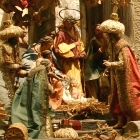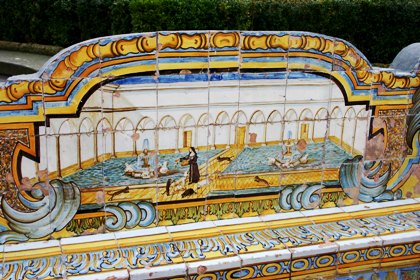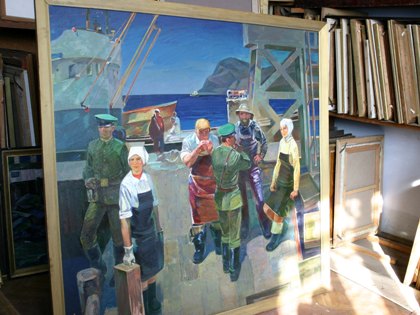Profile
- Research Subject
Medieval and Renaissance Art, Russian Art in the Far East
- Research Fields
- History of Art
- Faculty - Division / Research Group / Laboratory
- Division of Humanities / Research Group of Cultural Diversity Studies / Laboratory of Aesthetics and History of Art
- Graduate School - Division / Department / Laboratory
- Division of Humanities / Department of Cultural Diversity Studies / Laboratory of Aesthetics and History of Art
- School - Course / Laboratory
- Division of Humanities and Human Sciences / Course of Philosophy and Cultural Studies / Laboratory of Aesthetics and History of Art
- Contact
Office/Lab: 610
TEL: +81-11-706-4040
FAX: +81-11-706-4040
Email: yakou(at)let.hokudai.ac.jp
Replace “(at)” with “@” when sending email.Foreign exchange students who want to be research students (including Japanese residents) should apply for the designated period in accordance with the “Research Student Application Guidelines”. Even if you send an email directly to the staff, there is no reply.- Related Links
Lab.letters


On-site study of art and architecture — A driving force for research
My research focuses on two areas. The first area centers on Italian religious paintings from the 13th to the 14th centuries, which we can still see on the walls of churches and monasteries. The second area of my research centers on the landscape paintings of the Russian Far East, especially those made by the artists of the Shikotan Group, who were active from the 1960s until the demise of the Soviet Union. Italian painters of the Middle Ages and Russian artists of the modern period equally worked in such unique environments, and as such, their works should be interpreted in appropriate ways.
In art history, works of art are important primary sources, similar to clay vessels in archaeology. Facts of art pieces and aesthetic impressions obtained on the spot are the driving forces behind scientific research. Besides such on-the-spot research, mastering the languages of target areas, such as French and Italian, makes research more profound.
Reveal historical and social factors through art. All the answers are found in artworks.
It is quite natural for people to be fascinated by the world of art after encountering their favorite piece of art that has an engrossing hue or shape. However, if you choose your favorite artwork as a research target, you are required to learn broadly about the background of that work in terms of history, religion, politics and literature, as well as its formal aspects. For instance, developing a knowledge of Christianity by appreciating religious paintings is a shortcut to understanding Western societies. When you have tested a hypothesis after garnering such knowledge and have reached a conclusion, you should revisit the original artwork. How was the artwork perceived in those days? In the end, I believe the answer lies in the artwork itself.
Message
We often travel to explore places and enjoy works of art. We photograph them, collect relevant materials and stay at research institutions in preparation for writing papers. We interact with relics of the past, and occasionally meet artists, too. Returning to Hokkaido University, we talk with each other about the themes we are pursuing. Then we once again set out on our travels, returning to the start of this routine, to the places where we enjoy works of art. Why not try leading this kind of life as an art researcher?




